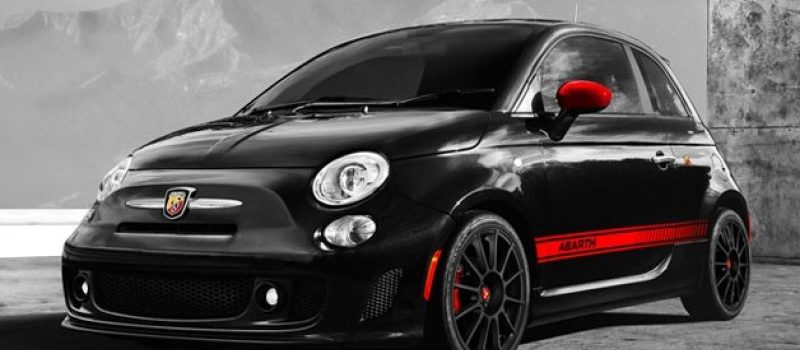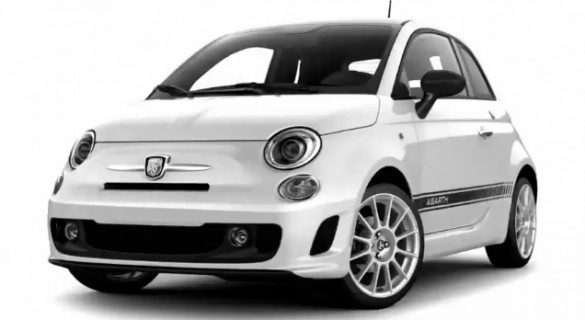The name Abarth isn’t exactly a household name in the United States, but the brand is renown among enthusiasts in Europe. Abarth never built cars to challenge Ferrari or Maserati (or even BMW); instead, Abarth built parts to make commonly available Fiats go faster. By focusing on small cars, like the Fiat Topolino or the Fiat 600, Abarth earned a reputation and a nickname of “small but wicked.”
We’ll soon get a chance to experience that in the United States, with the launch of the Fiat 500 Abarth. We’ve driven the milder Fiat 500 Sport, which handles like a go-kart but suffers from a serious lack of power. The 500 Abarth will address that, coming to the U.S. market with 160 horsepower driving the front wheels. Abarth models will also get a track-tuned suspension, up-rated brakes, a stability control program that can be disabled for track use and sport seats with serious bolstering. All Abarth models come only with a five-speed manual transmission.
Perhaps the most amazing thing about the 500 Abarth is its value. Dealer price gouging aside (and we’re sure there will be plenty), the 500 Abarth will sell for just under $23,000. To get the same level of stock horsepower from a Fiat 500 in Europe, you’d have to track down an Abarth 695 Tributo Ferrari edition, which would cost you in the neighborhood of $47,500.
We’re betting that the Fiat 500 Abarth will usurp the MINI Cooper as the best-handling front-driver. In fact, we’ll tell you this: if you want to fill your shelves with autocross trophies, buy a Fiat 500, drop the ride height and add stickier tires. Talent or not, we’re pretty sure that’s all you’ll need.





